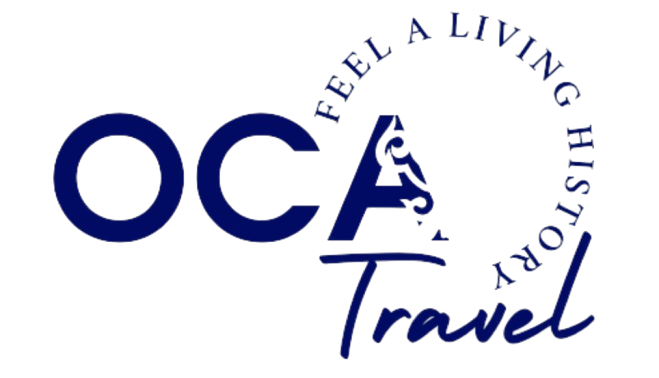ZHEZKAZGAN
Zhezkazgan translates from Kazakh as “the place where copper was mined.” Indeed, the lands of this region are generously endowed with copper, which is also rich in precious metals. One of the most valuable metals mined in the Zhezkazgan deposit is osmium-187. Its immense value lies not only on a national scale but also globally.
Recommended attractions:
The Zhezkazgan Historical and Archaeological Museum opened in 1978. It was created on the premises of the Zhezkazgan Mining and Metallurgical Plant’s Historical and Industrial Museum. The archaeology section features such interesting exhibits as a stone statue donated by Academician A. Margulan, a copper coin from the Zhoshyordasy settlement, gold pendants from the Shotkara settlement in the Ulytau district, and a collection of gold jewelry from the Karaagash burial ground in the Zhanaarka district.
The Kengir Reservoir is located in the Ulytau district of the Ulytau region, with the city of Zhezkazgan located on its southern shore. The reservoir was created in 1952. It regulates the flow of water for many years and is used for energy and irrigation. Construction of the reservoir began in 1940, was suspended a year later due to the war, and resumed in 1946. The reservoir was built in 1952 and filled two years later.
Monument to the Conquerors of Space – Nowhere else in Kazakhstan will you see this unusual sculpture – featuring a MIG-17 aircraft and a rocket.
Maken Toregeldin Museum of the History of Mining and Smelting – An hour’s drive from Zhezkazgan is the village of Zhezdy, home to a unique museum not only in Kazakhstan but in all of Central Asia. This is the Museum of the History of Mining and Smelting. This museum fully tells the story of the development of the region’s mining and metallurgy industry. The museum opened in 1994. Its exhibitions span four hectares, including open areas and indoor pavilions.
Alash Khan Mausoleum – A couple of hours’ drive from Zhezkazgan, near the village of Malshybai, lies one of the region’s main historical and spiritual landmarks: the Alasha Khan Mausoleum, a legendary figure of great significance to the Kazakh people. Written sources suggest that this khan is the founder of the Kazakh people.
Jochi Khan Mausoleum – The mausoleum of Genghis Khan’s son, Jochi Khan, is also located near Zhezkazgan. According to folk legend, the mazar was erected in 1227, when Jochi went hunting and died there under mysterious circumstances – he was mauled by a lame kulan, which trampled the descendant of Genghis Khan and bit off his right arm. When researchers opened the tomb, they indeed discovered human remains missing from the right arm. Animal bones were also found there. But the exact cause of Khan Jochi’s death and the year in which it happened remain unknown.
The Zhetykonyr Sands are sand dunes called “Zhetykonyr”—that’s what the Kazakhs have long called the motionless sand dunes. They are located southeast of the city. Over time, these sand dunes have become exposed and now present incredible sights. Wild camels can also be found here, which only add to the unusual scenery.
What else to see in the city? The Sarbaz Rebel Monument, the “Cosmos” Stele, and the House with a “Greeting”
